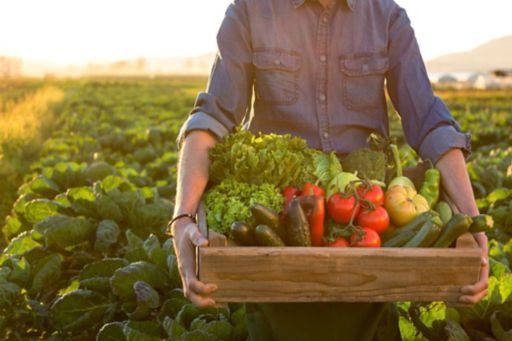In the 11th edition of the Irish Farmers Journal – KPMG Agribusiness Report, we explore the future of land use in Ireland, discussing how legislation, regulation and innovation are forcing changes to the most fundamental building blocks of Irish agriculture and the rural economy.
Land use in Ireland
What useful land is there for farming?
With agricultural practices undergoing major changes in Ireland, knowing how much useful land there is for farming is essential. The Táilte Eireann (formerly Ordinance Survey) land cover map forms the starting point of this report. With 36 unique land cover classifications, many of which are unique to Ireland, this is an essential piece of literature for land policy negotiation with Europe.
Policies and case studies
The sustainable transition
The policy pendulum for agriculture has firmly swung away from productivity towards sustainability. Fundamentally, there is a lot of policy and not a huge amount of action so far. Whatever changes are to come for land use will need to be implemented by the custodians of the land – Irish farmers. This report outlines policies which aim to encourage and support farmers’ transition to alternatives to intensive livestock farming.
Land users
Succession planning and the future role of women
An ageing farming population is bringing issues to the fore such as the importance of women in farming and successions planning. Despite the importance of implementing robust succession planning, the CSO data for 2020 indicates that less than half (46%) of farm holders had a succession plan in place 82% (49,024) of which planned for a male to take over their farm, while 16% (9,759) planned for a female to take over and 2% (1,302) planned for their farm to be shared. Increasingly, succession farm partnerships offer a defined pathway for the intergenerational (or interpersonal) transfer of farm ownership.
The outlook & global context
The emissions reduction challenge
Major change in land use in Ireland will not be coming from a shift in ownership – this is likely to remain at generational pace. For the next decade & beyond, Irish land use will be shaped by government policy to reduce emissions. The problem with Ireland in isolation choosing to reduce emissions for agriculture (25% by 2030) means that livestock production and output must be reduced. Ireland unilaterally reducing emissions could simply mean that production will move elsewhere.
At this significant inflection point for Ireland’s primary industry, we hope this publication is a solid foundation on which we can begin, in earnest, discussions around this important and sensitive topic.
Get in touch
The food and agribusiness sector is a competitive arena. If you have any queries on how we can help develop your business, please get in touch with please contact Tom McEvoy, Head of Food & Agribusiness. We'd be delighted to hear from you.
Tom McEvoy
Head of Food & Agribusiness
KPMG in Ireland


